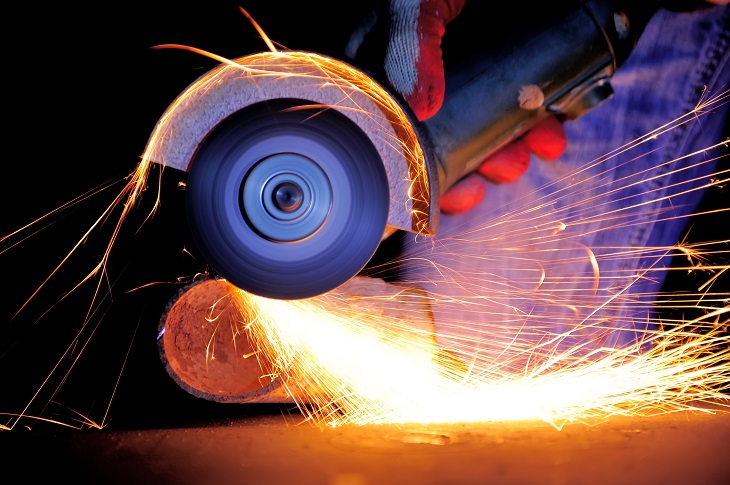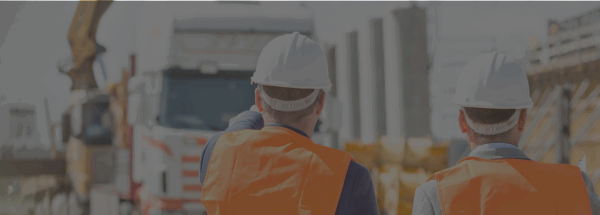
When it comes to tracking tools or equipment, RFID and barcodes offer simple solutions for identifying objects quickly and accurately and ensuring that you’re picking, dispatch and return processes are as efficient as possible. Which should you choose?
Barcodes:
Cost: As far as the object itself is concerned, a barcode label is going to cost you pennies, if that. They are cheap, easy to produce on a barcode printer or you can buy them ready printed. Many mobile apps can read a barcode using the phone or the tablet camera even without a proper reader installed which means you can get off the ground running quickly.
If you are going to print out barcodes yourself you need to install relevant hardware at all the places where you may receive or dispatch goods – your yard, warehouse etc – to ensure that the barcode labels can be printed as needed. This might push your initial outlay up a little depending on the number of locations you need to manage.
Readability: To read a barcode you need to be able to see it – not just physically see it, but find where you put it on the tool or machine. Think 3 dimensionally for a moment: you need to either put the barcode in an agreed place every time so someone can find it, or put 4 or 5 copies of the barcode, 1 on each face of the generator & 1 on top so it doesn’t matter how it’s been loaded on the truck when you off-load.
A barcode also has to be clean to be read. The camera or the reader needs to be able to clearly see the stripes and turn that information into a code or a number. If your barcode is covered in concrete dust or mud then you’ll have to clean it to read it.
These things can slow you down, they don’t stop you from using barcodes and they don’t take away from the accuracy of reading a barcode rather than typing in a number, but they do slow your yard / warehouse guys down and potentially detract from the overall productivity gains.
RFID:
Cost: Since we’re comparing barcodes and RFID tags, we’ll stick with the low cost, passive RFID tags rather than considering telematics or GPS sensors which are much more expensive. Simple RFID tags do not have to be expensive. You may end up with a variety of tags to suit different applications, eg. a tag you can epoxy onto a small tool or a flat adhesive tag that you stick to the inside of a generator housing for example. They are going to cost you more than a barcode, and this time you do need to consider the readers as well as the tags themselves. Most phones and tables will not simply read an RFID tag (though there are a few out there that can off the shelf). You need to look for either bluetooth hand held readers or take things a step further and look at active gate readers which read multiple tags simultaneously as you drive through a gate or through a designated section of the yard. At this point your upfront costs undoubtedly rise, how much depends on just how automated you plan on getting.
Readability: To read an RFID tag you don’t have to be able to see it. This is the major advantage of RFID over barcodes. Even if all you are using is a handheld RFID reader, you still don’t have to be able to see the tag. Rather than searching for where you attached the barcode, or having to clean the barcode to make it readable, once you’re within reading distance (normally something you can define within your RFID solution) then it will read.
If you do decide to take things to the fully automated level, then a gate reader will read everything on your truck as it leaves or arrives and interface directly to your equipment rental or equipment management system to update the relevant data there. At this point your initial outlay is much higher, but your productivity gains go through the roof. This kind of solution can also be tied to customer notifications to notify customers automatically as a truck leaves the yard allowing you to leverage the technology to improve customer satisfaction as well as accuracy.
Whichever option you choose you will need to think about the following:
- How do you get your tag of choice onto your assets? If you’re operating a rental business or tracking tools on your construction sites then the chances are you don’t have the perfect opportunity to tag everything you own on day 1. You need to plan for and roll out your tagging process in phases as things move on and off the jobsites or come back in from rentals.
- Tagging new equipment? RFID is something that many manufacturers are staring to provide as a standard option, whether you know it’s there or not. If this is the case for the manufacturers that you deal with, then your new equipment will be dealt with easily. If not, then you need to have a proper process in place to deal with new equipment as it arrives.
- Barcodes have been standard on electronic equipment for years, again some manufacturers do put barcodes on equipment and tools, but generally only in one place, so if your assets are large and multi-dimensional you need to consider adding additional copy barcodes to the other faces of the equipment.
- How you want to interface to your existing software systems? If you’ve used a paper or non-barcode / non-RFID software solution for years, then you probably need to consider both changing your business process and also changing how you interact with the system. These days that’s likely to mean moving to mobile apps, adopting paperless processes and getting away from administrators keying in data after the event.




